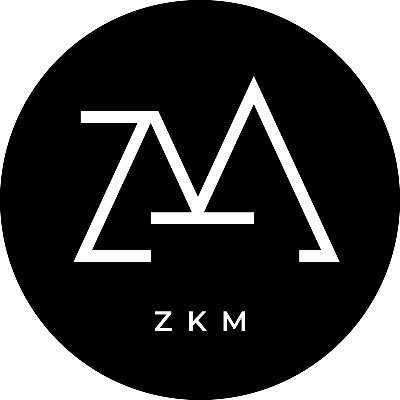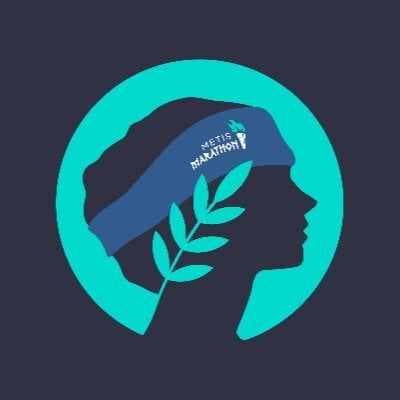How do you view ZKM entering the BTC L2 track?
Author: Lan Hu Biji
Seeing ZKM also entering the BTC L2 track, this track will become increasingly crowded like the Ethereum L2, and the final market landscape will depend on the results of technological and market evolution.
The underlying technology of ZKM is zkVM, and its ultimate goal is to have its zkVM technology adopted by more projects and ecosystems, thereby becoming a foundational infrastructure. For example, it can connect assets from different ecological networks (Ethereum, Bitcoin, Cosmos, etc.) to form better liquidity. Within this larger framework, it is easier to understand why ZKM wants to enter the BTC L2 track.
Returning to the technical solutions, ZKM's core technology mainly consists of two aspects: "Entangled Rollup Architecture + zkVM". These two aspects primarily address two major concerns in the market: first, how to ensure the security of assets; second, how to achieve the sustainability of its own network.
Currently, the market is very concerned about cross-chain security issues. ZKM has introduced the "Entangled Rollup Network" mechanism, attempting to synchronize the states between blockchains through recursive zero-knowledge proof technology, without relying on traditional bridge mechanisms for asset cross-chain. This framework was previously implemented on Ethereum, specifically the Optimistic Rollup mechanism of Metis. Currently, ZKM is trying to apply this idea and framework while modifying it according to the characteristics of Bitcoin L1, thereby launching its BTC L2. Of course, since BTC does not support smart contracts, achieving L2 poses a much greater challenge. ZKM attempts to aggregate states to the ZKM network through Entangled Rollup, and then pass the validated states to other ecosystems. The asset security of BTC adopts a locally controllable model, for example, BTC is controlled by multi-signature scripts, and as long as at least one honest party exists, malicious actors cannot withdraw the staked BTC; in terms of L2, a decentralized sequencer is used, and the inclusion and finality of transactions are completed in a decentralized manner. The execution of L2 transaction batches is also planned to be verified through BTC scripts.
ZKM introduces the OCP mechanism (Optimistic Challenge Process), which is somewhat similar to the Ethereum L2 optimistic proof version for BTC L2. The basic mechanism is that when users deposit assets into L2 (ZKM), the assets will be locked in a pre-signed n-of-n multi-signature script, where the signers are generally independent third parties/auditors. The multi-signature redemption script is activated after a specified challenge period, and the signers send assets to the target users in advance, initiating the challenge phase. During the challenge phase, the signers pre-sign transactions that include the challenge script and the asset script. To initiate the challenge script, the challenge can be started by paying the input UTXO, requiring the operator to attempt to open its commitment by providing intermediate computation tracking to the asset script. If the commitment cannot be successfully opened, the validator will receive all assets after the challenge period ends, or the challenged assets will be given to the signers. The execution tracking is submitted through a Tap Tree, where each leaf of the Tree represents an intermediate value. Each intermediate value is calculated using a one-time signature, with the previous value as its input. Using this method, the BTC script directly executes this computation and completes on-chain asset verification. In other words, ZKM attempts to provide security for off-chain computation through the OCP mechanism, ensuring that L2 transactions are included in a decentralized sequencer network.
zkVM has always been one of the important foundational explorations in the crypto field, and ZKM's zkVM is one type of it. One of the differences from RSIC and SP1 is that ZKM provides native support for Golang. (RSIC and SP1 support Rust) ZKM allows Golang developers to use the Vanilla Golang compiler to compile their code into MIPS instructions, and then use ZKM's proof network to prove its execution. Meanwhile, ZKM also plans to support Rust in the future.
In addition to focusing on the security of BTC on-chain assets, the market is also concerned about how ZKM L2 itself can achieve sustainability. To achieve sustainability, all participants in the network need to have opportunities to earn continuous income. In ZKM's BTC L2, the concept of decentralized sequencers is introduced, and these sequencer nodes earn rewards based on their contributions. ZKM plans to allocate 40% of its tokens as rewards to mining participants (including those participating in sequencer nodes, liquidity staking, and proof network mining). In other words, sequencer nodes can earn income not only from gas fees from L2 transactions but also from mining.
According to current trends, the exploration of BTC L2 will continue, both in native L2 and EVM-compatible L2. The exploration in native L2 focuses on the internal ecological tension, as there is a large group of loyal supporters due to its native nature; while in EVM-compatible L2, it is not only about expanding the BTC ecosystem but also about providing an exploratory direction for the integration of more ecosystems.











